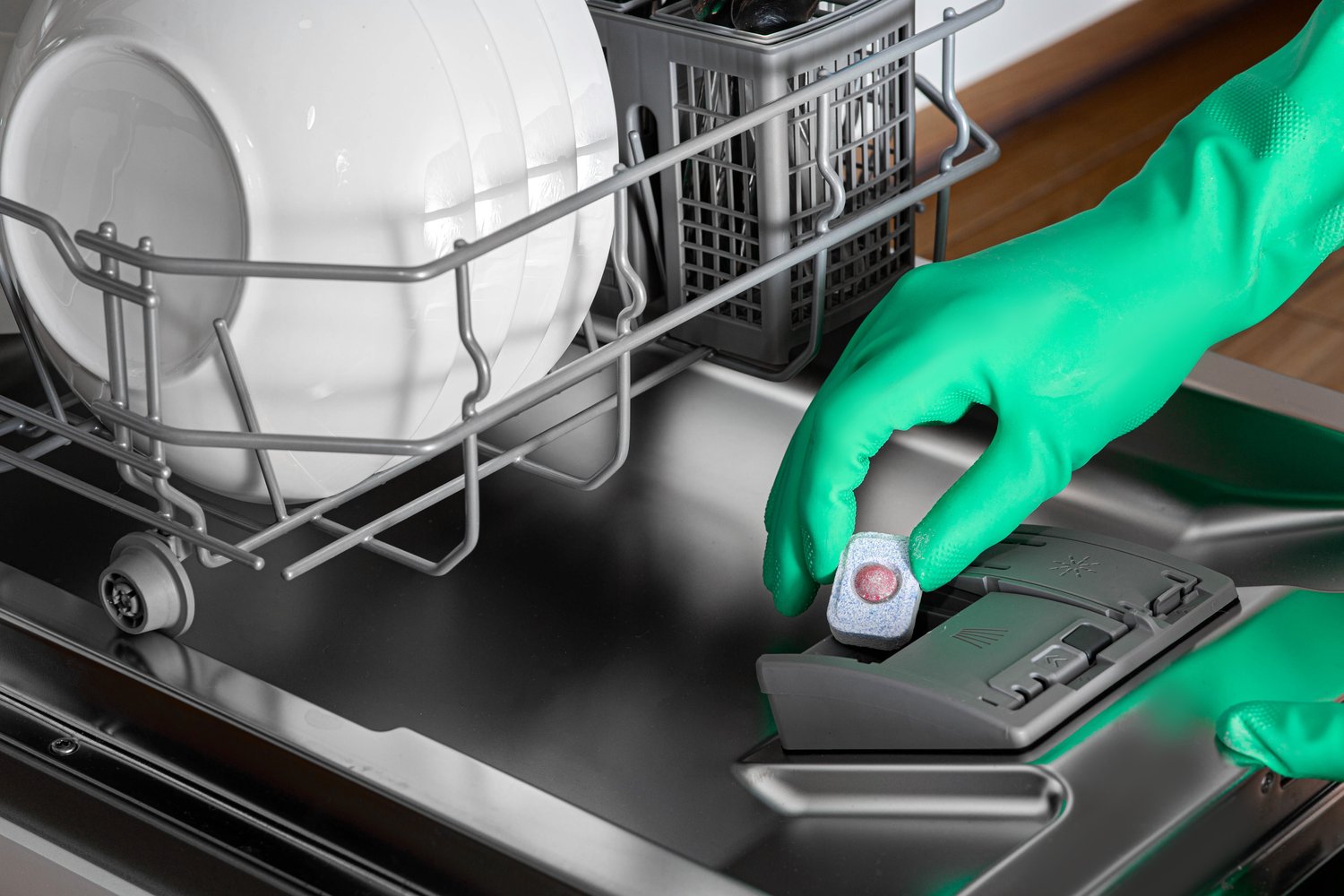Dishwasher woes can be an unexpected headache, especially when you discover it’s not draining properly. Tackling this common issue with the right approach can save you both time and money. By understanding the fundamental causes of drainage problems, you can ensure your dishwasher operates seamlessly, which is critical for maintaining efficiency and hygiene in any food service operation.
- Understand the main reasons behind drainage failures and pinpoint the root cause effectively.
- Gain insights into how a blocked or kinked drain hose may obstruct proper water drainage.
- Learn how to identify and resolve blockages within the dishwasher that contribute to persistent issues.
By diving into this step-by-step guide, you’ll arm yourself with practical solutions to troubleshoot drainage issues, ensuring your dishwasher is back to optimal function swiftly. Explore these valuable insights and keep your kitchen running smoothly.
Understanding Why Is My Dishwasher Not Draining? Step-by-Step Diagnosis and Solutions
Troublesome drainage issues are a common problem encountered by many dishwasher owners. Understanding the potential causes behind a dishwasher not draining can pave the way for effective troubleshooting and repairing.
One primary reason your dishwasher may not be draining properly is a simple clog in the system. This blockage can occur in several components, including the drain hose, pump, or filter.
Another factor to consider is that the dishwasher drain hose might be incorrectly installed, resulting in improper water flow. Beyond mechanical issues, electrical malfunctions such as a faulty drain pump or a damaged motor can also be culprits.
Identifying these issues early can save both time and expense. As you delve into targeted diagnosis and repairs, gaining a comprehensive understanding of how your dishwasher operates is crucial for resolving these drainage complications.
Checking the Dishwasher Drain Hose
The dishwasher drain hose is a critical component in ensuring that waste water flows out of the appliance efficiently. A common problem with this part is the presence of kinks or bends, which can significantly restrict water flow, leading to drainage issues.
Examine the hose for any visible kinks or twists and gently straighten it out if necessary. Another issue to watch for is clogging, often caused by food particles that build up over time. Detach the hose carefully to check for and clear out any obstructions.
A damaged or cracked hose may also be at fault. If you notice any wear, consider replacing the dishwasher drain hose to prevent leaks and restore proper drainage. Regular maintenance and inspection of the hose can preempt many of these issues, ensuring your dishwasher performs optimally.
Investigating Why Is My Dishwasher Not Draining? Step-by-Step Diagnosis and Solutions for Blockages
When a dishwasher is not draining properly, blockages within its components are often the culprit. To tackle this issue effectively, it’s crucial to identify and clear these blockages. Doing so not only restores your dishwasher’s function but also helps maintain its longevity and performance.
Start by checking the solution to one of the most common problems: food debris accumulation. Food particles can easily build up over time in the dishwasher filter or drain area. Ensure you clean these components regularly to prevent clogs. Remove the filter and rinse it under warm water, using a soft brush to dislodge stubborn bits.
Another area to inspect is the dishwasher’s sump, where waste accumulates before being pumped out. Remove any visible debris and ensure there are no objects obstructing the sump’s intake. Using a flashlight might help illuminate hidden blockages.
If you’ve cleared the filter and sump without success, the drain pump could be the blockage source. It’s vital to check whether larger items, like broken glass or dish pieces, have wedged in the pump. Consult your dishwasher’s manual for detailed steps on accessing and inspecting the pump carefully.
Finally, consider the role of air gaps or high loops in drainage. An improperly installed air gap can cause backflow and restrict drainage. Verify that your dishwasher’s air gap or high loop is set up correctly per the manufacturer’s instructions.
Each of these solutions addresses distinct causes of drainage blockages. Apply these strategies to ensure your dishwasher drains effectively. Regular maintenance and inspections can prevent future drainage issues and enhance your kitchen efficiency.
Frequently Asked Questions About Dishwasher Drainage Issues
What causes a dishwasher to not drain water?
Common causes include clogged hoses, blocked drain filters, or a malfunctioning drain pump.
How can I check if the drain hose is clogged?
Remove the hose and inspect it for debris or kinks, then flush it with water to ensure it is clear.
What should I do if I find a blockage in the dishwasher?
Turn off the power, then clean the filters and any visible debris in the bottom of the dishwasher.
Can a blocked kitchen sink affect my dishwasher’s drainage?
Yes, if the sink is blocked, it can prevent the dishwasher from draining properly.
When should I call a professional for help?
If you’ve checked and cleaned common problem areas and the issue persists, it’s best to contact a professional.





